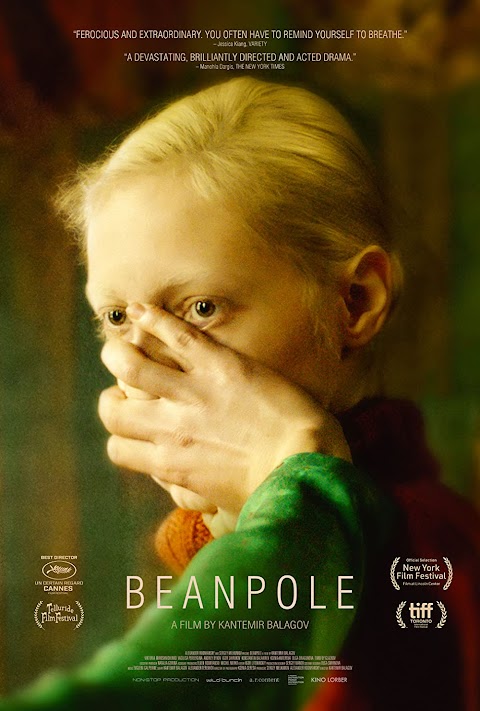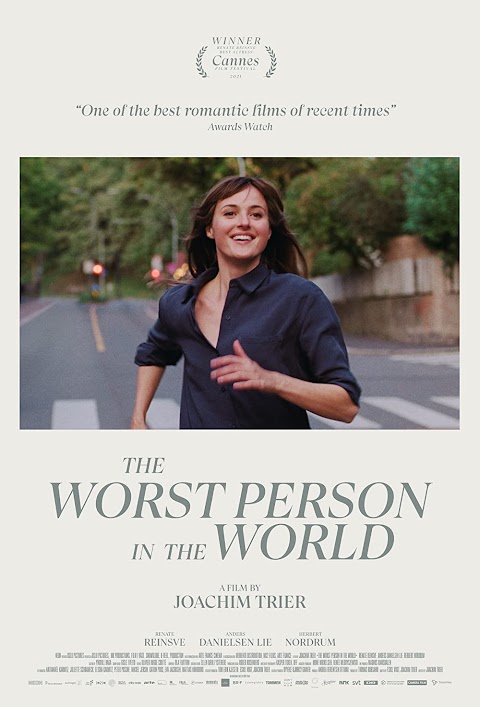"Cinema is the 'universal art' towards which all other arts are headed, and we will reach a time when cinema is the only art capable of responding to great collective needs," says Henri Agel. The truth is that since cinema began in the late nineteenth century in 1895, and then spread and flourished in the twentieth century until the Italian writer Ricciotto Canudo called it (the seventh art), which came long after the previous six arts such as painting, music and theater, and it is under many critical and analytical attempts to describe cinema, and reveal its aesthetics, expressive abilities and the level of impact it has on the people who interact with it.
Expressive ability
In his book "Film as a Work of Art", published in the early thirties of the last century, the German critic Rudolf Arnheim says: "The strange thing is that I believed that if cinema did not really exist, its expressive potential could be embodied through moving photographs, which I have already tried", but in the end, as Henri Agel mentions, Arnheim reached what others before him, such as the Russian Pudovkin had reached, which is that the cinematic character of cinema lies in the existing difference. between real events and reproduced.
Commercial Industry
If we want to simplify the topic about the aesthetics of cinema and go beyond previous arts, we will immediately notice how the film contains a number of those arts that preceded it, such as music, image, dance, theater, painting, literature, poetry, and others. But what is more profound in the aesthetics of cinema is the expressive ability itself, which is not achieved much in any of the previous arts, in addition to its enormous ability to spread, reach and transform into a successful commercial industry, which prompted the Italian Luigi Chiarini to say «film is art and cinema is an industry».
Greater value
In an attempt to trace all this talk about the aesthetics of cinema, we will find that it is initially about what we call cinematic synthesis, that is, the editing process, which generates an influential artistic meaning when a genius and unique director, such as the American David Griffiths and the Russian Sergei Eisenstein, gives a new meaning in a shot or image as a result of previous shots and so on. Then the matter turned to talking about the aesthetics of cinema that is unique from other arts in terms of reducing time and moving in place, before talking about formal aesthetics related to color, lighting, image in general, sound, music, effects, and then aesthetics resulting from the meaning included in the scene, the performance of the characters and the narrative way that the film presents a story. Here, we will notice that the factors that highlight the aesthetics of the cinematic film can hardly be limited and the conversation ends around, and it has always been the subject of discussion, controversy and analysis among critics and students, even at the academic level in universities and specialized institutes. It is undoubtedly this level of study of cinema aesthetics and film theories that gives film more value than casual viewing, which often depends on whether or not to like the film .










































Post a Comment
0 Comments